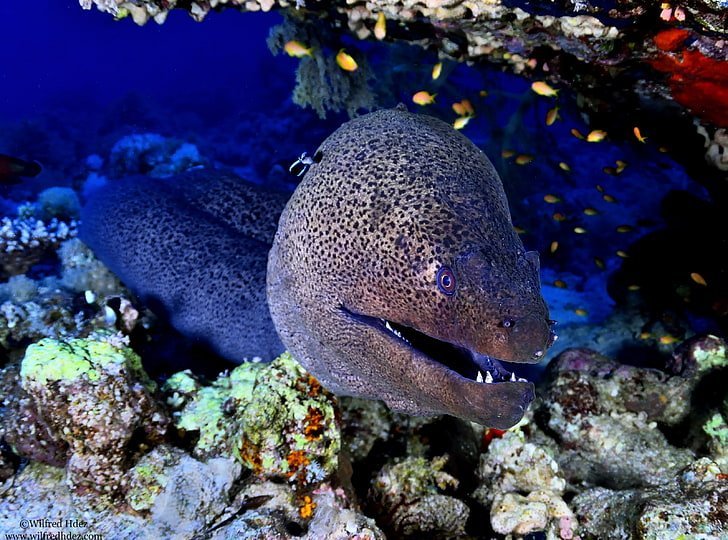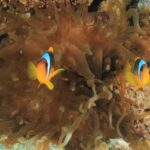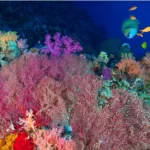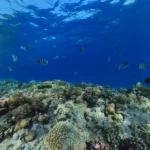Eels undergo considerable development from the early larval stage to the eventual adult stage and are usually predators. The term “Eel” is also used for some other Eel-shaped fish, such as electric Eels (genus Electrophorus), spiny Eels (family Mastacembelidae), swamp Eels (family Synbranchidae), and deep-sea spiny Eels (family Notacanthidae). These other clades, however, evolved their Eel-like shapes independently from the true Eels. Eels live both in salt water and fresh water and some species are catadromous.
Most Eels live in the shallow waters of the ocean and burrow into sand, mud, or amongst rocks. A majority of Eel species are nocturnal, thus are rarely seen. Sometimes, they are seen living together in holes, or “Eel pits”. Some species of Eels also live in deeper water on the continental shelves and over the slopes deep as 4,000 m (13,000 ft). Only members of the Anguilla regularly inhabit fresh water, but they, too, return to the sea to breed. The heaviest true Eel is the European conger. The maximum size of this species has been reported as reaching a length of 3 m (10 ft) and a weight of 110 kg (240 lb). Other Eels are longer but do not weigh as much, such as the slender giant moray which reaches 4 m (13 ft).
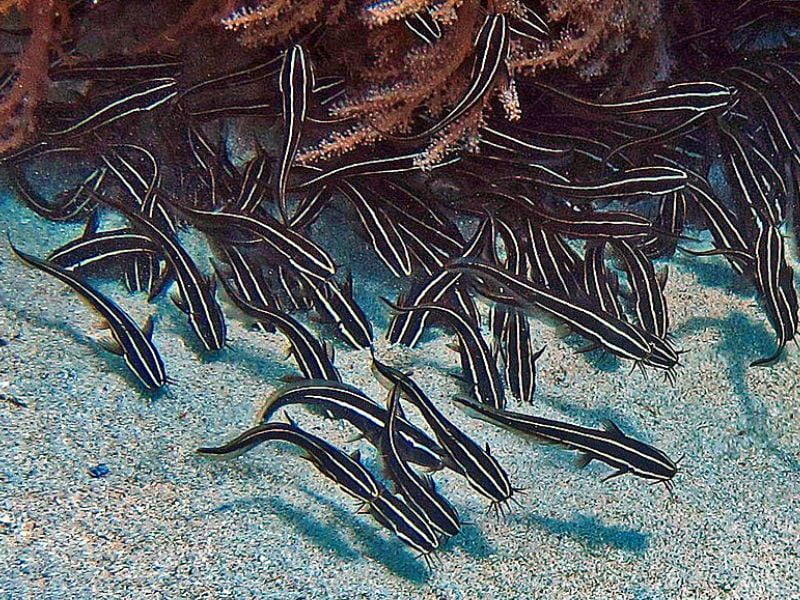
striped eel catfish
Size: Reaches a maximum size of 32 cm
Typical catfish structure with eight distinctive barbels around the mouth. Usually dark brown to almost black in color with two broad white stripes running each side from its snout to the tail. Juvenile and young adults are always found in tightly packed groups. When feeding along the seabed.
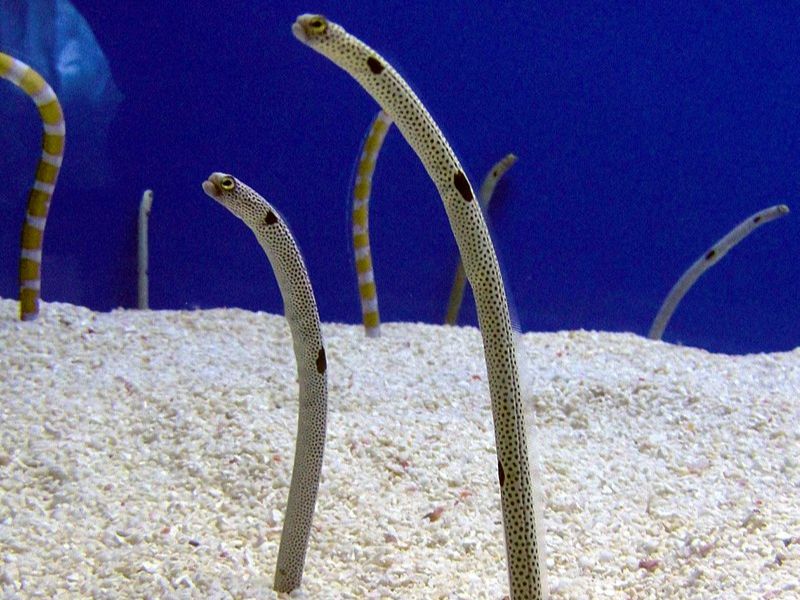
Garden Eel
Size: Reaches from 36 cm up to 61 cm
Always found on shallow sandy slopes and near seagrass beds. Can have huge colonies of over 1,000 gently waving in the current with their tails still tucked into the burrows and their heads and bodies swaying to catch planktonic tidbits. Retreats into its burrow whenever you get too close.
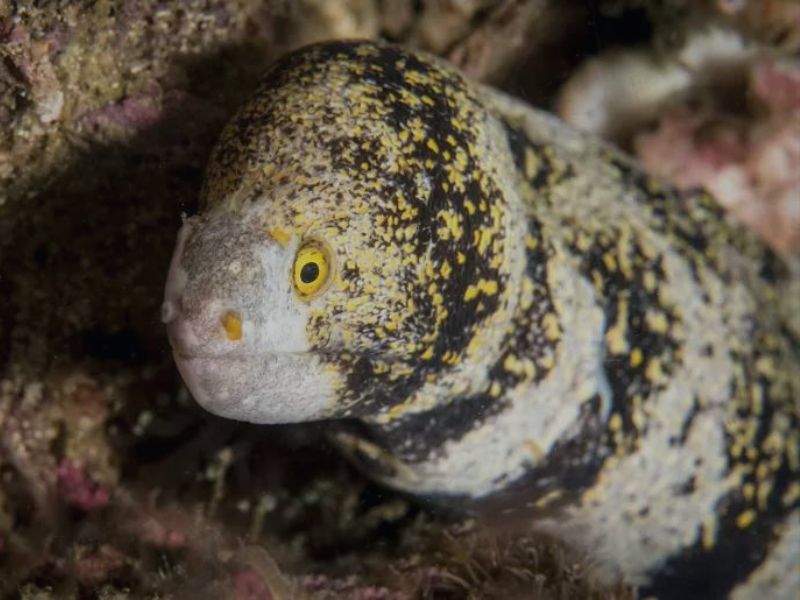
Snowflake Eel
Size: Reaches a maximum size of 80 cm
Has distinctive dark blotchy bands with yellow spots, a white nose, and yellow nostrils. Fairly widespread and usually found in shallow water where it is an active feeder at night.
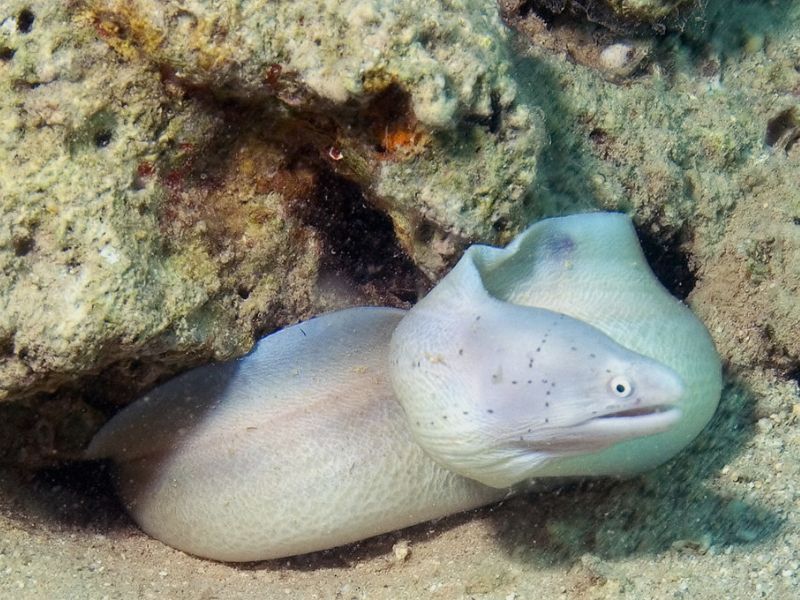
Peppered Moray
Size: Reaches a maximum size of 140 cm
Distinctive light grey body with a pale blue long fin and geometric dark spots around the head and between the eyes. Often found in small groups, sharing a den with other species of moray.
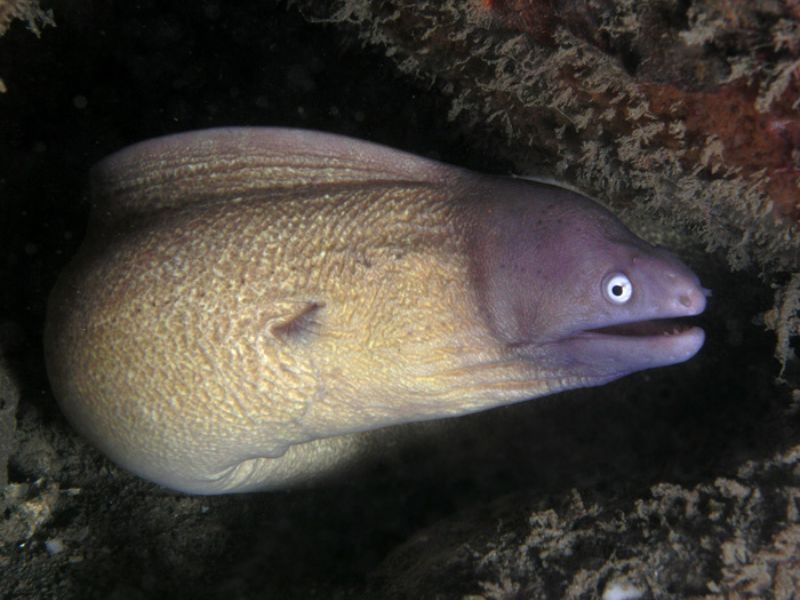
White-eyed Moray Eel
Size: Reaches from 45 cm up to 65 cm
Light tan to brown in color with brownish mottling and large silvery white eyes. Shy often taking up residence in the holes of other Eels.
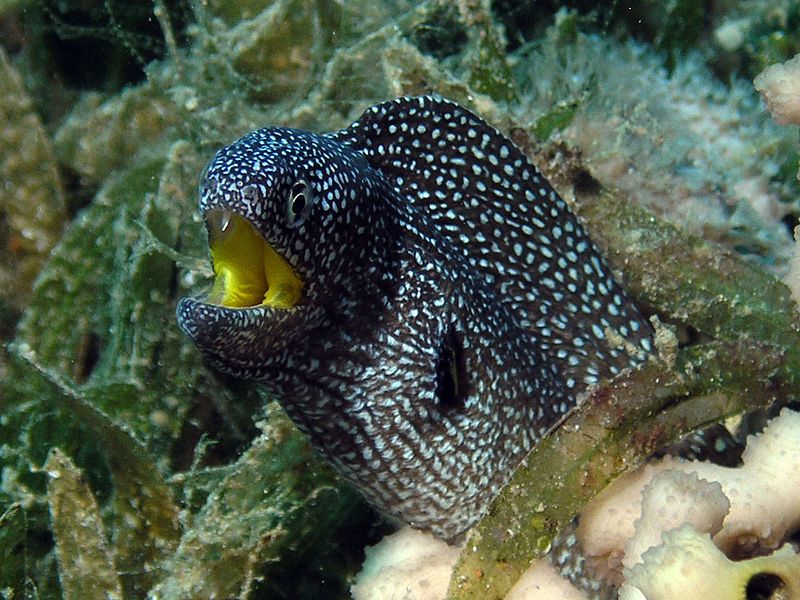
Yellowmouth Moray Eel
Size: Reaches a maximum size of 180 cm
Large Eel pale greyish tan color, covered in darker spots. Inside of mouth is a bright yellow.
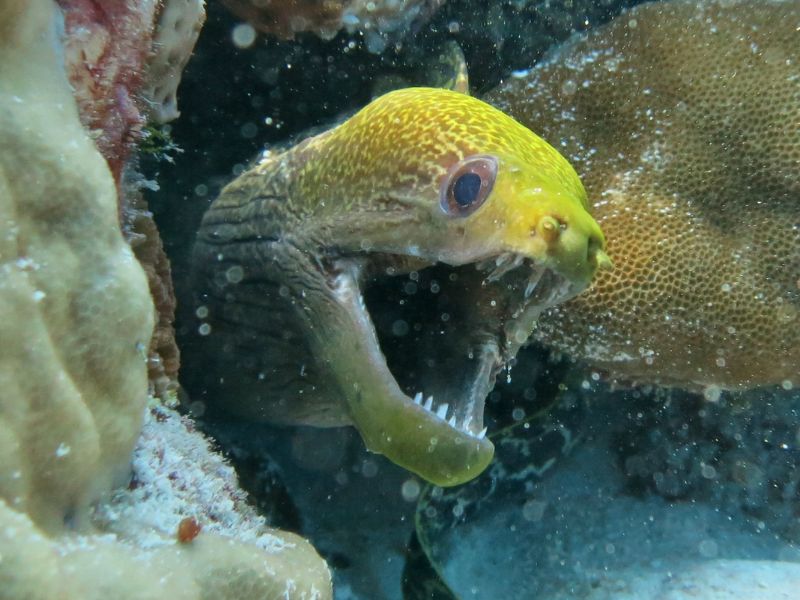
Undulated Moray Eel
Size: Reaches from 61 cm up to 1.8 m
Light and active Eel with prominent nostrils. Enjoys shallow lagoons, wrecks and reef edges, where it hunts at most times of the day.
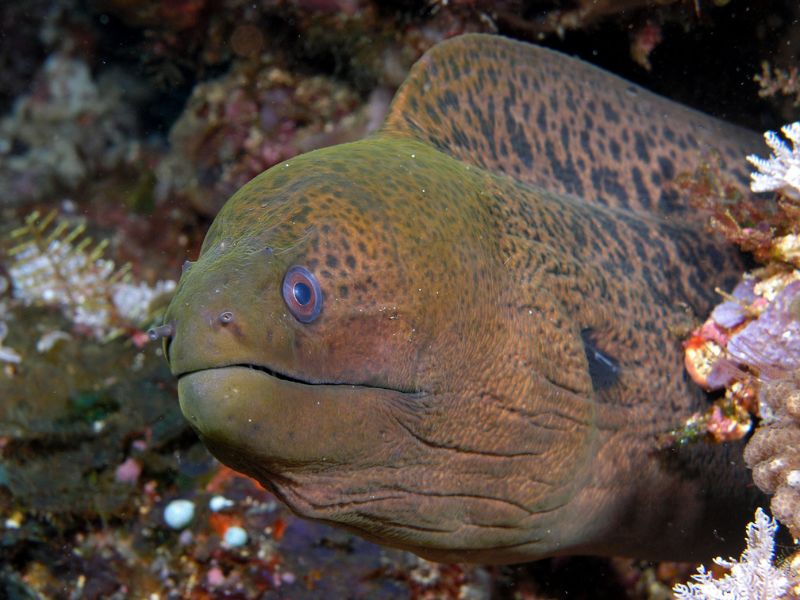
Giant Moray
Size: Reaches a maximum size up to 3 m
Largest Eel to be found in the Red Sea. Brown to dark grey and mottled with darker spots. Usually out in the open and even free-swimming over the reef. Feeds on sleeping fish and crustaceans. Its poor eyesight allows divers to get quite close.
